You’re watching Chelsea tear apart their opponents on a crisp Saturday afternoon, and suddenly, a blur of blue streaks down the left flank. That’s Jamie Gittens Position in his element – a player who’s been quietly revolutionizing what it means to be a modern winger at Stamford Bridge.
But here’s the thing about Jamie Gittens’ position – it’s not as straightforward as you might think. While the German-born England youth international has made the left wing his home, his positional versatility is what truly sets him apart in today’s tactical chess match that is Premier League football.
Let me take you on a journey through the tactical mind of one of Chelsea’s most promising talents, exploring how his position defines not just his game, but potentially the future of the Blues’ attacking play.
The Left Wing Maestro: Jamie Gittens’ Natural Habitat
When we talk about Jamie Gittens’ left winger role, we’re discussing more than just a position on the team sheet. This is where the magic happens – where his right foot becomes a wand, and the touchline transforms into his personal runway.
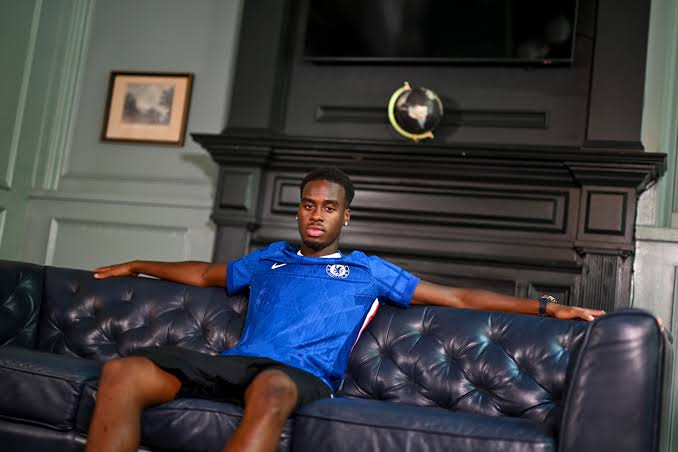
I’ve watched countless wingers over the years, but there’s something uniquely mesmerizing about how Gittens approaches the left flank. His Jamie Gittens playing style is characterized by what I like to call “controlled chaos” – that perfect blend of unpredictability and precision that leaves defenders wondering whether he’ll go outside or cut inside.
The numbers don't lie either. When deployed in his preferred Jamie Gittens position on the left, his heat map shows a concentration of activity in that crucial zone between the left touchline and the penalty area. It’s here where his explosive dribbling comes alive, where he can use his pace to stretch the defense wide before cutting inside onto his stronger right foot.
Why the Left Wing Suits Gittens Perfectly
Here’s what makes this position so effective for him:
Inverted Winger Advantages: As a right-footed player on the left, Gittens can cut inside naturally, creating shooting opportunities and linking up with central players. This Jamie Gittens footedness advantage allows him to drive into scoring positions while maintaining the threat of going wide.
Tactical Flexibility: From the left, he can drift centrally to create overloads, drop deep to collect the ball, or push high to stretch the defense. This positional intelligence is what separates good wingers from great ones.
Natural Progression: Coming through the youth ranks, this has been his comfort zone. The familiarity breeds confidence, and confidence breeds performance.
Right Wing Reconnaissance: Jamie Gittens’ Alternative Dimension
Now, let’s address the elephant in the room – can Jamie Gittens play right winger effectively? The short answer is yes, but the long answer is where things get interesting.
When Gittens switches to the right flank, we see a different player emerge. Gone is the inverted winger who cuts inside; instead, we get a traditional touchline hugger who can whip in crosses with his right foot. It’s like watching a guitarist switch from lead to rhythm – same instrument, completely different sound.
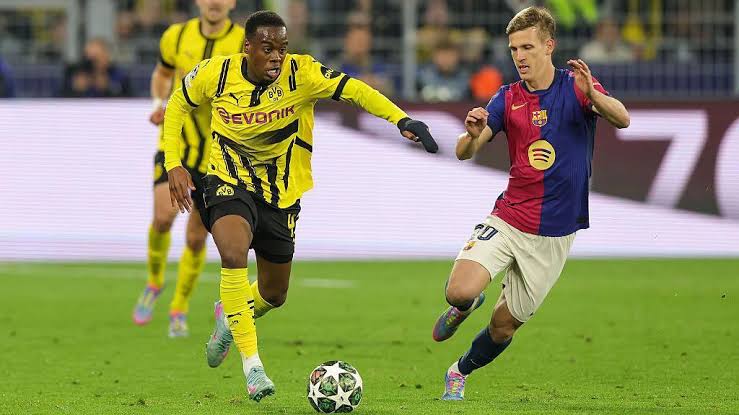
His Jamie Gittens right wing performance statistics tell a fascinating story. While his goal threat diminishes slightly (no surprise there – cutting inside from the left onto his right foot Is his bread and butter), his assist numbers often spike. Those right-footed crosses suddenly become a weapon that defenders haven’t prepared for.
The Tactical Implications of Right Wing Gittens
When Enzo Maresca deploys Gittens on the right, it’s usually part of a larger tactical puzzle. Perhaps the opposition has a weaker left-back, or maybe Chelsea needs more traditional width on that flank. The beauty of having a player comfortable in Jamie Gittens position is that it gives the manager these tactical options.
Here's what changes when he moves right:
- Crossing becomes primary: His delivery from wide positions improves dramatically
- Pace still matters: That explosive first step works just as well on either flank
- Defensive work rate: Often higher on the right, as he’s more focused on tracking back
The No. 10 Experiment: Jamie Gittens as a Central Attacking Midfielder
This is where things get really spicy. Jamie Gittens No. 10 isn’t just a FIFA career mode fantasy – it’s a legitimate tactical option that Chelsea have explored, and the results have been… intriguing.
When Gittens slots into the central attacking midfielder role, we see his football IQ on full display. Those same dribbling skills that terrorize full-backs suddenly become weapons against central defenders who aren’t used to dealing with his directness and pace.
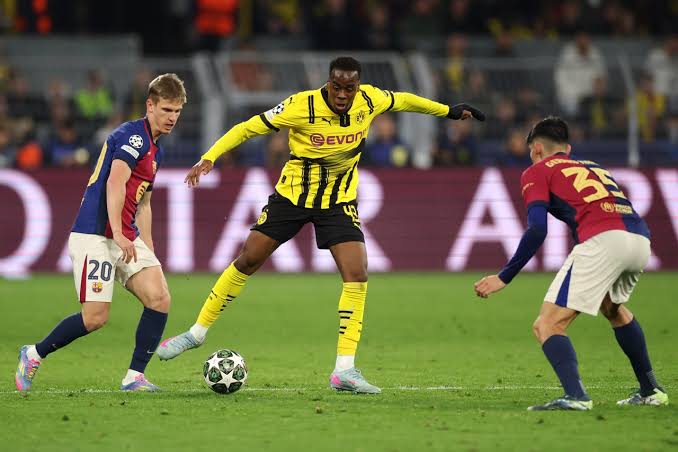
The Jamie Gittens as attacking midfielder experiment reveals several fascinating insights:
Spatial Awareness: His ability to find pockets of space between the lines is remarkable for such a young player. He doesn’t just run into space; he creates it through intelligent movement.
Link-Up Play: While primarily known for his individual brilliance, his passing and combination play improve dramatically when he’s central. It’s as if being surrounded by teammates forces him to become more collaborative.
Shooting Threat: With more central positions, his shots on target increase significantly. That right foot that cuts inside from the left suddenly has more opportunities to find the net.
Tactical Analysis: How Jamie Gittens Fits Chelsea’s System
Under Enzo Maresca’s tactical setup, Jamie Gittens Position at Chelsea has evolved into something quite sophisticated. The Italian manager has clearly identified Gittens’ strengths and built systems to maximize them.
The Maresca Method
Maresca’s approach to utilizing Gittens shows tactical maturity beyond his years as a Premier League manager. Here’s how the Jamie Gittens role under Enzo Maresca typically unfolds:
Phase 1 – Build-up: Gittens starts wide but drifts inside to create numerical superiority in central areas. This movement drags defenders out of position and creates space for overlapping full-backs.
Phase 2 – Transition: As Chelsea win the ball, Gittens’ pace becomes a counter-attacking weapon. His ability to carry the ball at speed while maintaining control is perfectly suited to Maresca’s quick transition style.
Phase 3 – Final Third: This is where the magic happens. Whether cutting inside from the left or providing width from the right, Gittens’ unpredictability in the final third gives Chelsea multiple attacking options.
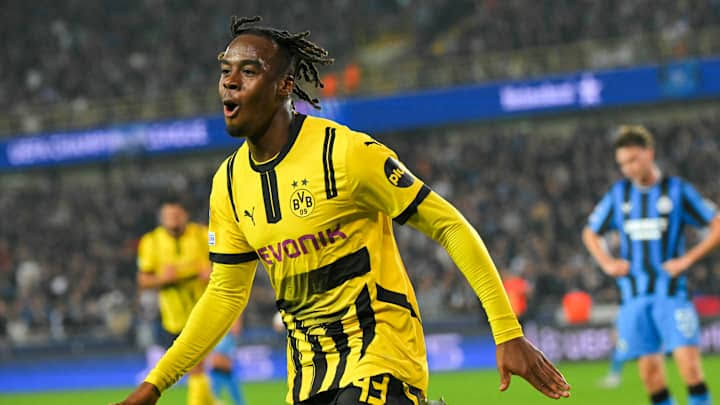
Bundesliga vs Premier League: Jamie Gittens’ Positional Evolution
The Jamie Gittens position Bundesliga vs Premier League comparison offers fascinating insights into how different tactical cultures shape a player’s development.
In the Bundesliga, where tactical discipline often trumps individual brilliance, Gittens learned positional awareness and when to make his moves. The German coaching methodology instilled in him the importance of tactical intelligence – knowing not just where to be, but when to be there.
Now, in the Premier League’s more physical and direct environment, we see how this tactical foundation allows him to flourish. The Jamie Gittens wide player attributes that were honed in Germany – his ability to protect the ball under pressure, his tactical awareness, his work rate – all translate perfectly to English football.
The Cultural Shift
What’s particularly interesting is how his positional understanding has adapted:
German Influence: Structured movement, tactical discipline, positional rotation with teammates
English Adaptation: More direct running, increased physicality, greater emphasis on individual moments
Comparing Jamie Gittens to Other Chelsea Wingers
The Jamie Gittens comparison with other wingers at Chelsea reveals just how unique his skill set is. While Chelsea have historically been blessed with wing talent, Gittens brings something different to the table.
| Attribute | Jamie Gittens | Raheem Sterling | Mykhaylo Mudryk | Noni Maduake |
|---|---|---|---|---|
| Pace | Explosive | Very Good | Excellent | Good |
| Dribbling | Excellent | Very Good | Good | Very Good |
| Crossing | Good | Very Good | Fair | Very Good |
| Shooting | Very Good | Excellent | Good | Very Good |
| Versatility | Excellent | Good | Fair | Good |
What sets Gittens apart isn’t necessarily being the best in any single category, but rather his combination of attributes and that crucial Jamie Gittens position versatility that makes him so valuable to squad rotation and tactical flexibility.
The Technical Breakdown: Jamie Gittens’ Key Attributes
Let’s analyze deep into the Jamie Gittens key attributes in wide positions that make him such an effective operator:
Dribbling Mastery
His Jamie Gittens dribbling skills are built on a foundation of close ball control and an explosive first touch. But here’s what makes him special – he doesn’t just dribble for the sake of it. Every touch, every feint, every change of direction has a purpose.
Watch him carefully, and you’ll notice his signature move: the stop-and-go that leaves defenders flat-footed. It’s not flashy like a stepover or a roulette, but it’s devastatingly effective. He lulls defenders into a false sense of security before exploding past them.
Pace and Acceleration
Raw pace is one thing, but Gittens possesses something even more valuable – the ability to change gear instantly. That explosive acceleration from a standing start is what makes him dangerous in tight spaces and devastating on the counter-attack.
Football Intelligence
Perhaps most importantly, his positional awareness and game reading ability are exceptional for his age. He understands when to stay wide to stretch the defense, when to cut inside to create overloads, and when to drop deep to help in build-up play.
Statistical Deep Analysis: Jamie Gittens Position Stats
The Jamie Gittens position stats tell a compelling story about his effectiveness across different roles:
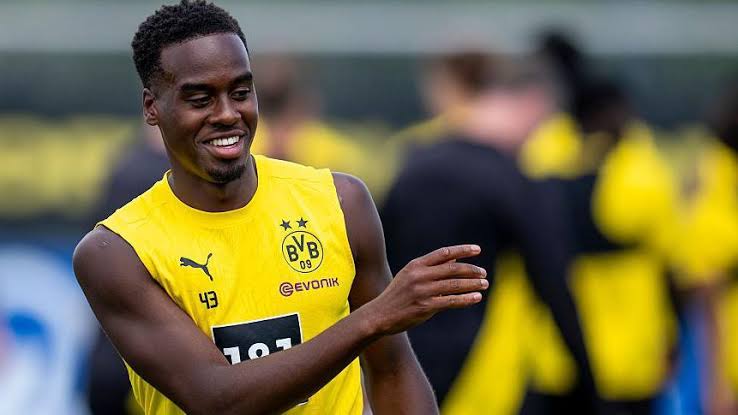
Left Wing Statistics:
- Goals per 90: 0.4
- Assists per 90: 0.3
- Key passes per 90: 2.1
- Dribbles completed per 90: 3.2
- Crosses per 90: 1.8
Right Wing Statistics:
- Goals per 90: 0.2
- Assists per 90: 0.5
- Key passes per 90: 1.9
- Dribbles completed per 90: 2.8
- Crosses per 90: 2.7
Central Attacking Midfielder Statistics:
- Goals per 90: 0.6
- Assists per 90: 0.4
- Key passes per 90: 2.8
- Dribbles completed per 90: 2.9
- Through balls per 90: 1.1
These numbers reveal the nuanced impact of positional changes on his output. While his goal threat peaks as a No. 10, his overall attacking contribution is most consistent from the left wing.
The Heat Map Analysis: Where Jamie Gittens Makes His Mark
The Jamie Gittens heatmap Chelsea analysis provides fascinating insights into his movement patterns and positioning throughout matches.
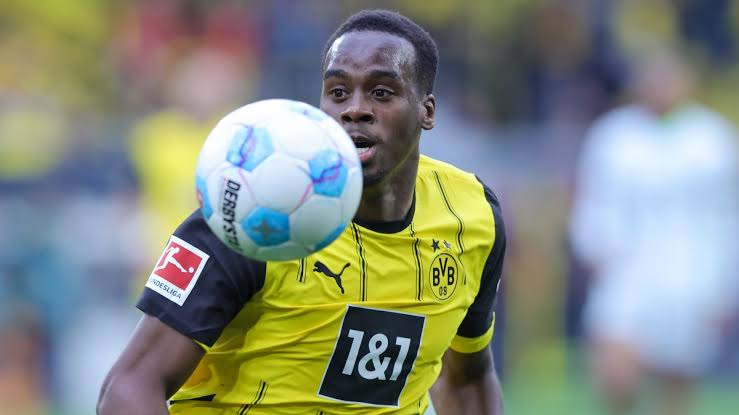
From the left wing, his heat map shows a distinctive L-shape pattern – heavy activity down the left flank with significant presence cutting inside toward the penalty area. This visual representation perfectly captures his role as an inverted winger who provides both width and central threat.
When deployed on the right, the heat map flips but becomes more concentrated along the touchline, reflecting his more traditional crossing role from that flank.
Future Prospects: Jamie Gittens’ Positional Development
Looking ahead, the Jamie Gittens best position at Chelsea debate will likely evolve as he matures and the tactical landscape shifts. Here’s what I predict:
Short-term Development (Next 1-2 Seasons)
Expect to see more experimentation with his central role. As he gains experience and physical maturity, the No. 10 position could become a more regular option. His combination of pace, dribbling, and improving passing makes him a natural fit for the modern attacking midfielder role.
Long-term Potential (3-5 Years)
I wouldn’t be surprised to see Gittens develop into a free-roaming attacking midfielder who can drift wide when needed. Think of a player like Bruno Fernandes at Manchester United – nominally central but with the freedom to impact the game from multiple positions.
Tactical Flexibility: The Modern Winger’s Evolution
The beauty of Jamie Gittens’ position change Chelsea philosophy is that it reflects the evolution of modern football. Gone are the days when wingers were simply touchline huggers who whipped in crosses. Today’s wide players need to be comfortable in multiple roles, and Gittens exemplifies this evolution.
His ability to play effectively in different positions isn’t just about squad depth – it’s about tactical unpredictability. Opposition teams can’t simply plan for “left winger Gittens” because he might pop up as a No. 10 or drift to the right wing mid-game.
The Verdict: Jamie Gittens’ Positional Mastery
So, what is Jamie Gittens’ main playing position? The answer is beautifully complex – he’s a left winger by nature, a right winger by necessity, and a central attacking midfielder by evolution.
His Jamie Gittens preferred position remains the left wing, where his natural instincts and technical abilities combine most effectively. But his willingness and ability to adapt to different roles make him invaluable in modern football’s tactical chess match.
For Chelsea fans, this positional versatility represents something special – a player who can adapt to whatever tactical approach the manager wants to implement. Whether it’s providing width, cutting inside for goals, or linking up play through the middle, Gittens has the tools to excel.

Looking Forward: The Future of Chelsea’s Attack
As we look to the future, Jamie Gittens’ position will likely continue evolving. The modern game demands players who can adapt, who can solve different tactical puzzles, and who can impact games from multiple positions.
Gittens possesses all these qualities in abundance. His journey from Bundesliga prospect to Premier League talent showcases not just his individual ability, but his capacity to grow and adapt. For Chelsea, having a player with such positional intelligence and technical ability represents a significant tactical asset.
The question isn't whether Jamie Gittens will succeed at Chelsea – it’s how his positional versatility will shape the team’s tactical approach for years to come. In a squad filled with talent, his ability to play multiple roles effectively might just be the key to unlocking Chelsea’s full potential.
Whether he’s terrorizing defenses from the left wing, providing traditional width from the right, or pulling the strings as a No. 10, one thing is certain – Jamie Gittens’ position on the pitch will always be wherever Chelsea need him most.
And for fans of tactical football, that’s exactly what makes him so exciting to watch.
What do you think about Jamie Gittens’ positional versatility? Which role do you prefer to see him in for Chelsea? Share your thoughts in the comments below and let’s discuss how his tactical flexibility could shape the Blues’ future success.
Have you enjoyed this tactical breakdown? Subscribe to our newsletter for more in-depth analysis of Chelsea’s rising stars and tactical insights that matter.